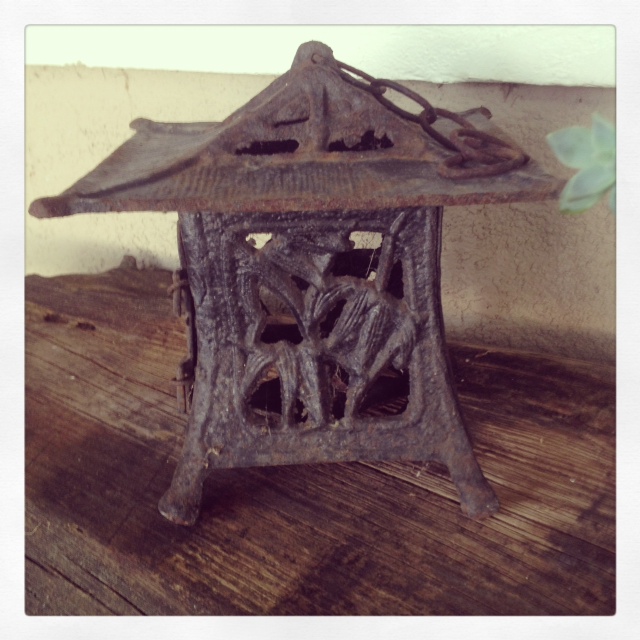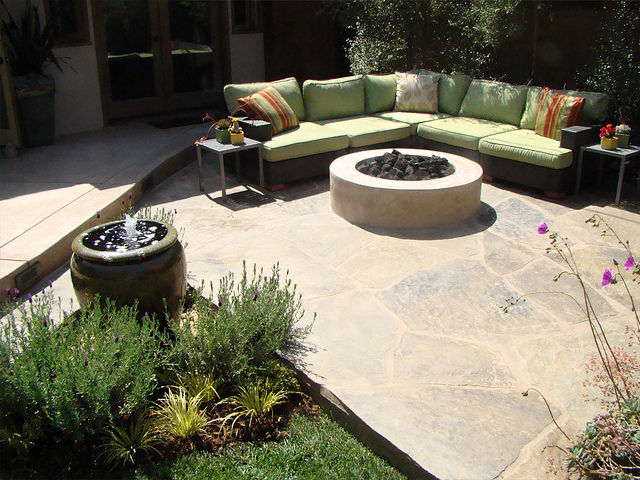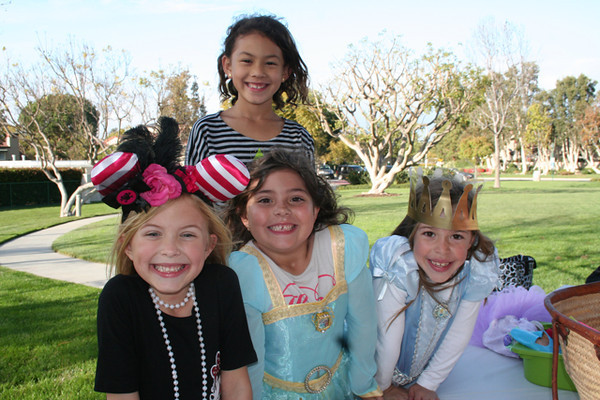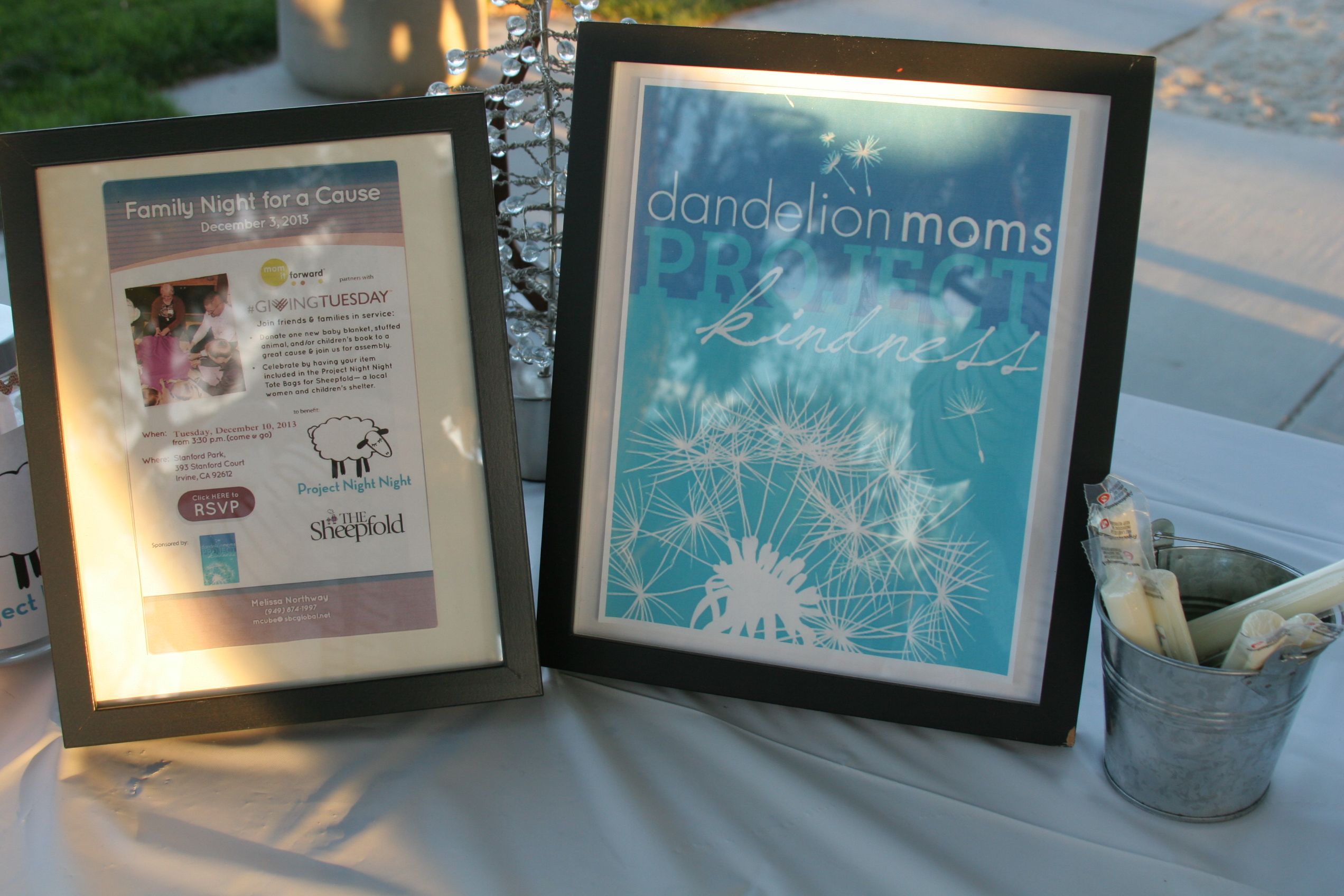
Instagram of the Week :: The Japanese Garden Lantern
While perusing through an estate sale years ago, I found this very cool Japanese Garden Lantern in the garden. It fit in with my whole Japanese/Modern look I like and when I came home I immediately put it in my garden. One of my favorite things to do while living in Japan, which I wish I had done more often, was to scour the antique shops. They were usually small little shops with countless items for sale. As a foreigner I didn’t really know what was valuable or not, but I pick what I loved and don’t think too much about the value of the item. This way I figure, I fill my house with items that have meaning for me rather than if they are expensive or not. I love how old this one looks, with rust and all! The history behind Cast Iron Japanese Garden Lanterns is quite interesting and the authentic lanterns typically come from the Meiji or Taisho period of Japanese history. Some lanterns were used in temples prior to the Meiji period but usually the ones you find today were made between 1868 and 1926 when mass manufacturing made them popular for exporting.
Toro: Japanese Garden Lanterns
In Japan a tōrō (light basket, light tower), is a traditional lantern made of stone, wood, or metal. Like many other elements of Japanese traditional architecture, it originated in China, however extant specimen in that country are very rare, and in Korea they are not as common as in Japan.In Japan, tōrō were originally used only in Buddhist temples, where they lined and illuminated paths. Lit lanterns were then considered an offering to Buddha.During the Heian period (794-1185), however, they started being used also in Shinto shrines and private homes.
The oldest extant bronze and stone lanterns can be found in Nara. I visited Nara and toured through many of their amazing temples. To this day, the city of Nara is one of my favorite places in the world. It was quite surreal to go through the temples and learn more about Japanese culture. During the Azuchi-Momoyama period (1568–1600) stone lanterns were popularized by tea masters, who used them as a decoration in their gardens. Soon they started to develop new types according to the need. In modern gardens they have a purely ornamental function and are laid along paths, near water or next to a building.
Tōrō can be classified in two main types, the tsuri-dōrō (lit. hanging lamp), which usually hang from the eaves of a roof, and the dai-dōrō (lit. platform lamp) used in gardens and along the approach (sandō) of a shrine or temple. The two most common types of dai-dōrō are the bronze lantern and the stone lantern, which look like hanging lanterns laid to rest on a pedestal.
In its complete, original form (some of its elements may be either missing or additions), like the gorintō and the pagoda the dai-dōrō represents the five elements of Buddhist cosmology. The bottom-most piece, touching the ground, represents chi, the earth; the next section represents sui, or water; ka or fire, is represented by the section encasing the lantern’s light or flame, while fū (air) and kū (void or spirit) are represented by the last two sections, top-most and pointing towards the sky. The segments express the idea that after death our physical bodies will go back to their original, elemental form. (Source: https://en.wikipedia.org/wiki/T%C5%8Dr%C5%8D).

I plan to keep mine in my garden to be enjoyed for years to come. My dream house would include a Japanese Garden with a Koi pond, a walkway of stones and my little lantern that holds many memories.
0What are some of your favorite pieces you have found at a garage or estate sale?






2 Comments
Michelle Anaya
I have the very same lantern! I have relocated a few times in my lifetime and this is one of my key pieces that I refuse to part with. I’ve learn’t a bit more on the history of Japanese lanterns from this article. I agree that while I don’t know the actual value of the lantern, I do know it’s value to me.
Melissa
Hi Michelle
That is so great you have the same one! I love mine as well and plan to keep it for a long time! Glad you liked the article =)